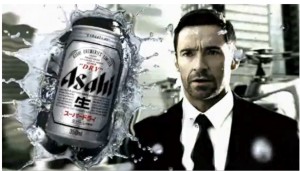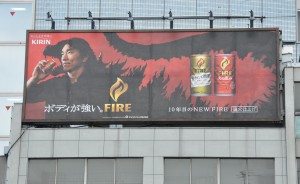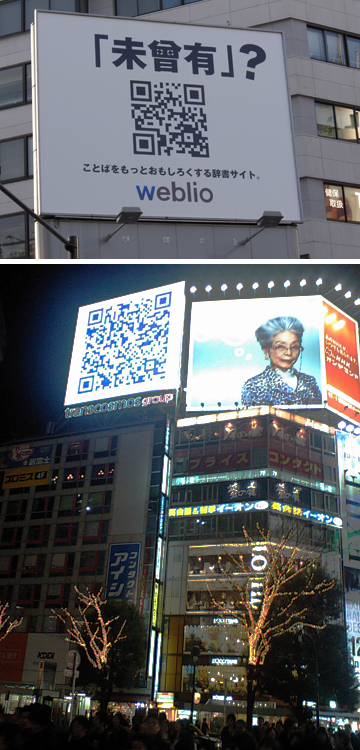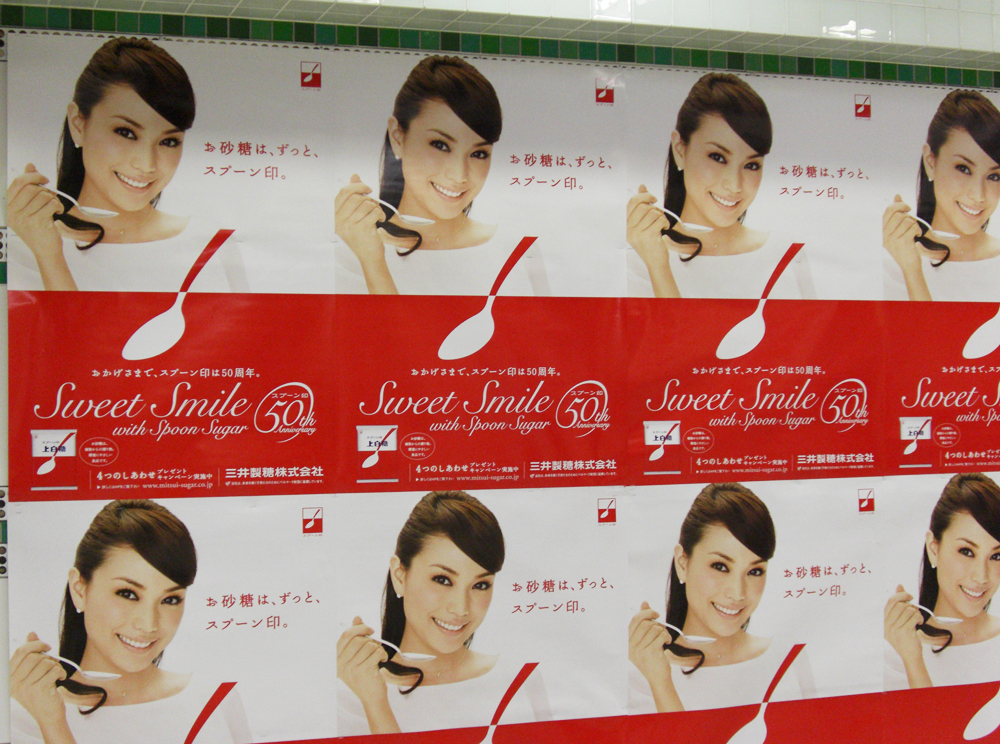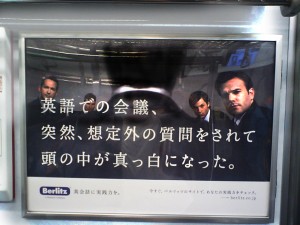This is an advertisement for a crime drama TV series by Asahi Television called 警視庁 (keishi chou) 失踪 (shissou) 捜査課 (sousa ka)” which in English is “The Metropolitan Police Missing Persons Investigation Section.”
This advertisement spreads across a series of public daily lockers found in JR Shibuya station in early April to promote for the series premiere on Friday, April 16th.
The individual lockers of one area of the station have been made to look like government or police case record storage boxes with a label on each marking the details of a particular case. Some of the cases have 未解決 (mikaiketsu) “UNSOLVED” stamped in red across the label.
On the floor right in front of the lockers are what appear to be files and case records scattered all over, as if someone was going through the files and dropped them all over the floor.
In between each bank of lockers is a large poster that makes the space look like an aisle between the file boxes on storage racks in what looks like a file storage room, with characters from the show/movie standing between the racks.
The space where these posters are placed is usually the main surface for advertising posters, but in this case they are using almost everything surrounding the locker area as part of an advertisement that spreads across lockers and onto the floor.

